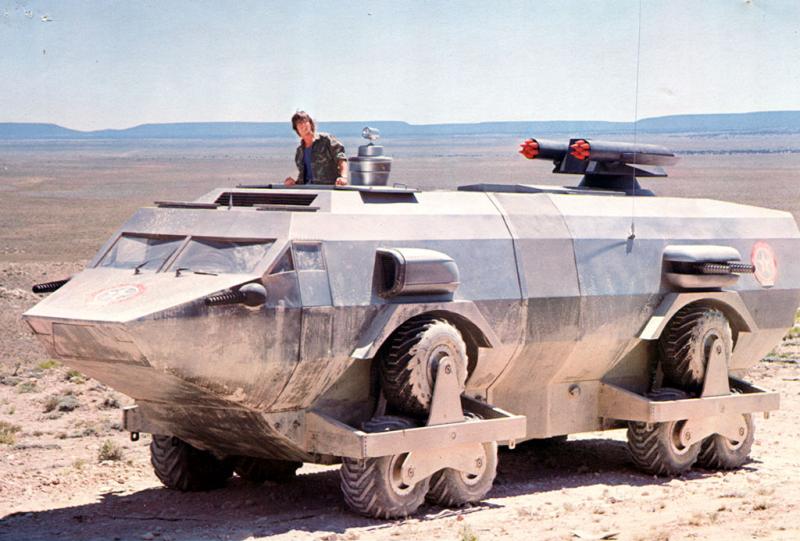- Joined
- May 18, 1997
- Messages
- 55,598
We have more than our fair share of automotive enthusiasts here among our computer geeks, and of course we like it when we get to see awesome automotive tech intersect with all sorts of high tech advancements. DARPA snuck out this video on Friday that is chock full of all kinds of tech that will surely get your attention.
Check out the video.
DARPA's Ground X-Vehicle Technologies (GXV-T) program aims to improve mobility, survivability, safety, and effectiveness of future combat vehicles without piling on armor. The demonstrations featured here show progress on technologies for traveling quickly over varied terrain and improving situational awareness and ease of operation.
Check out the video.
DARPA's Ground X-Vehicle Technologies (GXV-T) program aims to improve mobility, survivability, safety, and effectiveness of future combat vehicles without piling on armor. The demonstrations featured here show progress on technologies for traveling quickly over varied terrain and improving situational awareness and ease of operation.
![[H]ard|Forum](/styles/hardforum/xenforo/logo_dark.png)
